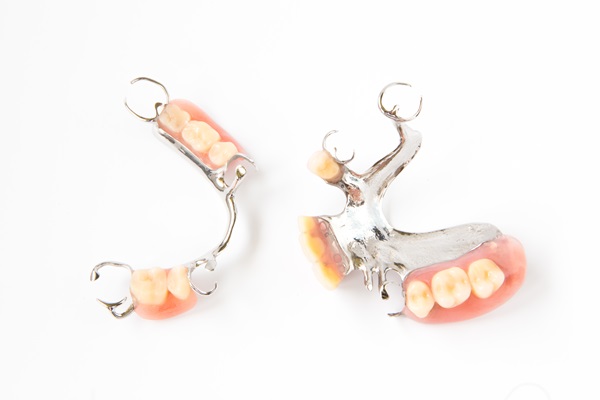Tooth Extraction: Everything You Need to Know

Tooth extraction is sometimes required to preserve a person's dental and overall health. The extraction of a permanent tooth is a surgical procedure that typically involves the use of an anesthetic. It is one of those procedures many people dread, but the truth is there is little pain involved. What patients will deal with is some soreness as they recover from the treatment.
When is a tooth extraction needed?
There are a number of reasons why a dentist might decide to remove a permanent tooth.
Common reasons why a patient might need an extraction include:
- A tooth that has been severely damaged by trauma or decay to the point it cannot be restored: In such cases, the dentist would typically extract the tooth and replace it with an implant
- An impacted tooth: The wisdom teeth come out last, and there is not always enough space for them on the jaw. This can lead to the tooth getting stuck under the gumline or growing into neighboring teeth. Since wisdom teeth are not necessary, dentists usually opt to extract them the first time a problem develops. There is no need to replace a wisdom tooth with a restoration
- Crowded teeth: At times, a person's jaw does not have enough space to hold all of their teeth and this typically leads to alignment issues like crowded teeth. In some cases, the dentist might need to extract one or more teeth to create more room before proceeding with orthodontic treatments
- Infection: Dentists sometimes choose to extract infected teeth, especially if there is a risk of the infection spreading to other parts of the body. This is usually done as a last resort when it is too late to save the tooth with a root canal
What to expect during a tooth extraction
The two main types of extractions are simple and surgical. Anesthetics are typically used with both types of extractions.
If the tooth has already erupted and it is not in a problematic position, then a simple extraction is all that is needed. This consists of the dentist loosening up the tooth and using forceps to put it and its roots out.
An impacted tooth or one that has not completely erupted will require surgical extraction. This involves making an incision into the patient's gum so the tooth can be reached.
Life after an extraction
Once a tooth has been removed, the dentist will use gauze to control any blood coming from the socket. A clot will form within a few hours. The clot serves a major role as it prevents the nerves in the socket from being irritated.
Patients are advised to avoid sucking motions after an extraction as it can lead to the clot being dislodged. This condition is called dry socket and it can lead to severe discomfort. It takes anywhere between a week and two weeks to recover from an extraction. During this period, the patient should:
- Take any painkillers or antibiotics prescribed as recommended
- Avoid using straws
- Avoid foods that can aggravate the site of the extraction
- Avoid brushing and using mouthwash for the first few days after the procedure. Saltwater should be used to clean the mouth instead
Need an extraction?
Call or stop by our San Dimas office to set up an appointment and to discuss ways to replace the extracted tooth.
Get started today!
Request an appointment here: https://sandimassedation.com or call San Dimas Family and Sedation Dentistry at (909) 305-2300 for an appointment in our San Dimas office.
Check out what others are saying about our services on Yelp: Read our Yelp reviews.
Recent Posts
Today, with increasing importance placed on dental aesthetics, there are many reasons why one may consider a trip to the cosmetic dentist. The desire for good-looking teeth is important as beautiful smiles are known to contribute to a person's overall well-being and positive self-image. There are many different avenues for fixing an imperfect smile. In…
An article by GlaxoSmithKline Consumer Healthcare states that more than 18 million people wear partial dentures. Anyone who has been considering getting partials to improve their speech, ability to chew, and even their appearance is not alone. It helps to have the proper information beforehand, though. Partials are created from a wide variety of materials, each…
Dental bridges offer a reliable and effective solution for replacing missing teeth. A missing tooth, whether caused by injury, decay, or other dental issues, can impact the health and appearance of your smile. Fortunately, dental bridges can help restore your oral health. Here are five benefits of choosing dental bridges as your tooth replacement option.Dental…
Individuals suffering from damaged or unsightly teeth may benefit from receiving dental crowns. This straightforward and relatively common procedure can help restore the look and function of healthy, natural teeth. While a variety of components may be used to form dental crowns based on the patient's individual preferences and needs, the installation process is usually…


